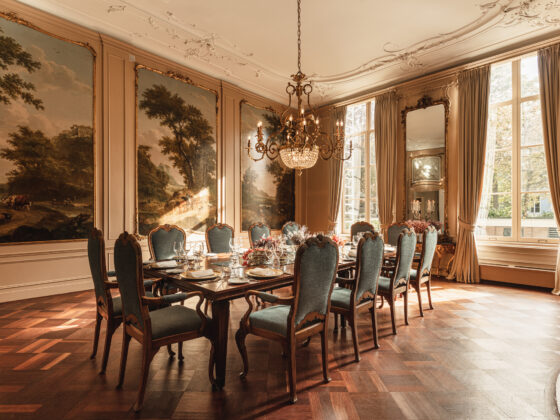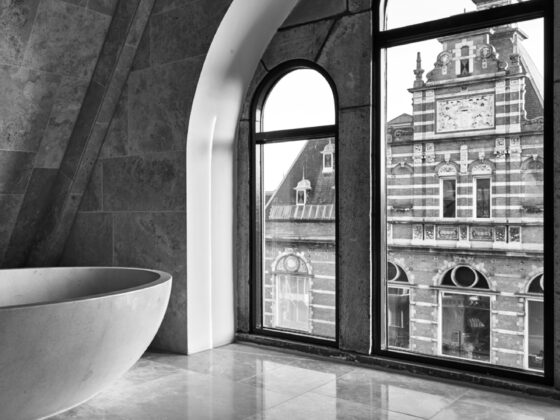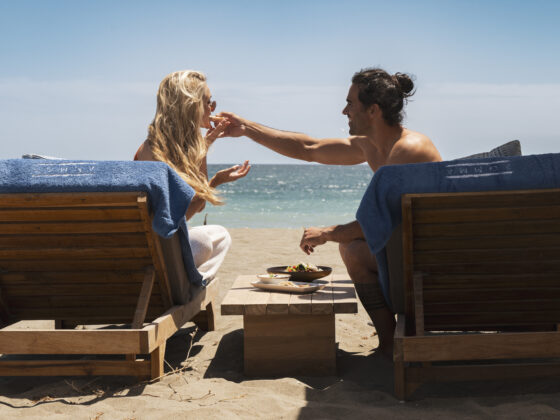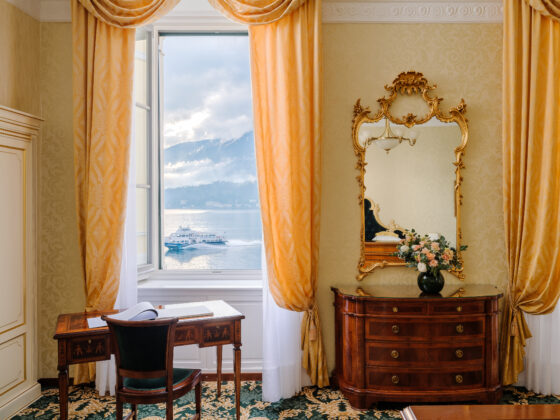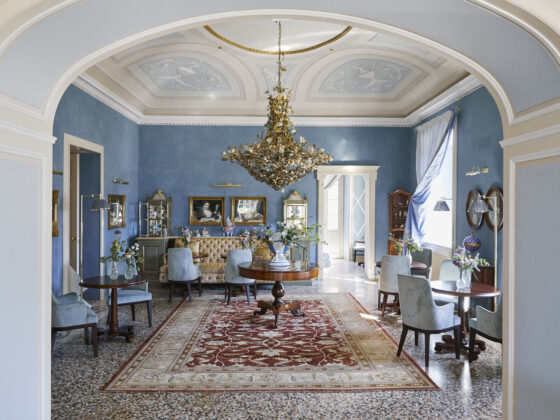The National Museum of Oman is a fundamental stop that truly celebrates the nation in all its glory. Spread across 14 state-of-the-art permanent galleries, the museum showcases the cultural heritage of Oman from the early ages through the present day.
Oman Magazine had the pleasure of interviewing the museum’s Director General, Jamal Al Moosawi about his experience as the lead executive curator during the project phase.

The museum uses space, light and height to enhance the experience when showcasing the heritage of Oman. How did the idea come about?
The privilege that we have here is that we had a museum project planned and envisioned from a blank slate. It wasn’t a case of adapting museographical needs to a historical building that already existed, it was the leisure of working towards establishing a holistic experience, taking into account all the elements of interior design, exterior architecture, lighting, materials, ambiences and colour schemes; textures, perspectives, all of these factors combined in to one holistic experience.
Every gallery in this place generates beautiful energy full of history and cultural heritage. How did you structure the halls and how did you want people to experience them?
Decisions were made in close consultation with the heads of archaeological missions to Oman, those whom have been involved in unearthing our ancient past for the past two, three, and even four decades. We worked closely with local and international historians and officials, brainstorming sessions took place with officials from the Ministry of Heritage and Culture and specifically with His Highness the Minister of Heritage and Culture. Also, there were focus groups set up within the museum. Newly appointed Omani staff were given specific tasks, each focusing on a specific set of issues. The role of citizens, expats, and local communities should also be acknowledged. All of these viewpoints helped us to develop and to agree on a set of headlines, which now constitute the 14 galleries.

What was the most intriguing or fascinating hall to curate and why?
Each gallery is unique and very demanding in its own right, but speaking on a subjective level, for me personally, it was the introduction of a gallery dedicated to the intangible heritage of Oman, because museums traditionally involve tangible cultural assets. One of the questions asked in the very beginning, in fact, it was raised by His Majesty the Sultan, was “what are you going to showcase and exhibit in this museum?” This question brought many discussions and prompted new ideas, one of them was that the very nature of Oman’s cultural heritage, in essence, is intangible in many of its aspects, given that we are an Eastern culture. Our context is different, it’s more to do with intangible things, with spirituality and poetry, storytelling, writing, performance and so forth. So how can we translate that into a tangible museum experience? I feel proud that we are the first museum in the region to have a permanent experience that is dedicated to intangible heritage.
Is there a favourite piece or corner in the museum that means a lot to you, that is a highlight you wouldn’t want anyone to miss when visiting the museum?
Ideally, the museum experience should be lived holistically, however, given the philosophical principle that we have adapted, the chrono-thematic approach allows our visitors the freedom to select their own experience, as opposed to traditional linear experiences in a traditional museum. Experiences can be customised. Key elements would include the Mihrab, or the Mosque niche of Al Owaina Mosque. it is a 16th-century masterpiece that has been salvaged through a archaeological rescue operation, a unique operation that took us six months of field work. This is one of the pieces that shouldn’t be missed. The audio-visual experience, the theatre where we showcase an artistic documentary.





